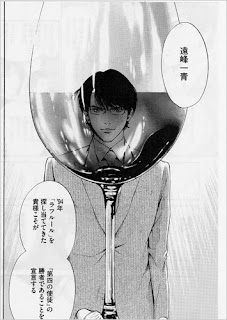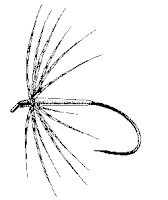
Making the coffee for my folks on weekend mornings was one of my first grown up jobs -- and one that I fought my sister for until we relented into rotation.
From under the covers, still sleepy from the week, my dad would lay out the prescription -- the ratio of scoops in the flat bottomed basket to the whole pot of water that I’d pour into the Mr. Coffee coffee maker before flipping the switch to drip and breathing in deep as the steam rose from the plastic contraption.
When it was brewed and done I’d deliver the coffee to them in bed, black, taking care to walk slow so as not to slosh, feeling important and useful and accomplished.
When I was in high school a new crew moved in, against the tears and wishes of me and my brothers. My stepmother gone, my sister off to college, my father’s girlfriend and her two girls brought their percolator with them. It stewed up a bitter brew that sat and warmed for too many hours until it grew dark and viscous. I poured my first cup from that percolator, the first that I intended to drink myself, and did, when I was a sophomore in high school and alone in the house. I laced it heavily with cream and sugar. And then poured the second.
We took to each other immediately, coffee and me. I’d flaunt a mug and a bottomless carafe late at night at Denny’s, arguing philosophy with my boyfriend, the way the cool kids flaunted cigarettes.
My habit was so steep in college, and my pockets so poor, that I
trained as a barista just to stay caffeinated. (The coffee was free.)
I drink it now with cream after I’ve brewed it through a cone shaped filter and favor a varietal from
Chicago’s Intelligentsia, although this morning I’m drinking a cup of Cone Zone, which my Dad and his new and lasting and first girlfriend I’ve ever loved so much, C, delivered when they passed through town a few months ago. Cone Zone is named after the construction zone that currently surrounds the
coffee shop that C owns and runs in Grand Junction.
I met C for the first time
when my father lay dying in a hospital bed in Grand Junction. He’d talked of her before, but I dismissed her as just the latest of too many to count. When she walked into the ICU, a true cowgirl with long and curly pure white hair, just back and still bruised from her mother’s funeral, and said to my father deep in his coma “oh honey what have you done to yourself?” I knew she was more than that, and cried even harder, knowing he had even more to lose.
That she loves coffee, that she pours a beautiful shot, that she brought us two pounds as a matter of course -- is only one of the reasons that I know we’re kin for sure.
p.s. another way I know: C posts as
desertmoon on flickr »




























